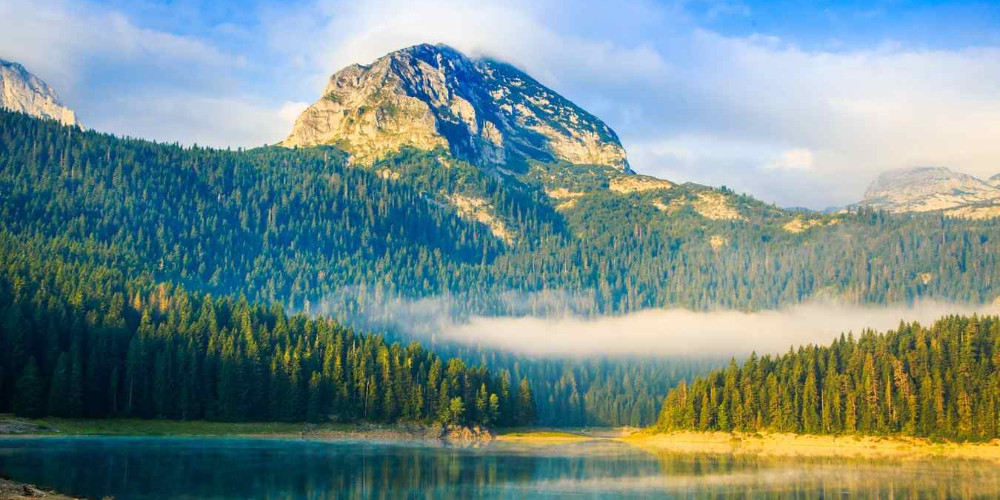
Where is Montenegro located? Agree, because not always the budget allows you to relax in the resorts of distant islands with marble sand and the feeling of being on the edge of the earth?
So let's find out where is Montenegro? This beautiful country of Montenegro is a branch of paradise in the centre of Europe! The country is located on the Adriatic coast of the Balkan Peninsula. This country has been actively developing tourism for many years, and all large and small travel companies sell tours to Montenegro. The weather in Montenegro is favorable due to the warm climate. The coastal resorts, waterfalls, rivers, mountains and historical sights of Montenegro make it the pearl of European summer tourism. Tours to Montenegro are not very expensive compared to other European countries.
In this country, you can take a trip through the maze of medieval cities, explore forests and crystal clear lakes, visit the dream beach with the warm waters of the Adriatic Sea and go skiing in the picturesque mountains.
All this and much more is possible in a small country called Montenegro!
This article will tell you about 16 reasons you should travel to Montenegro right now.
1. Kotor
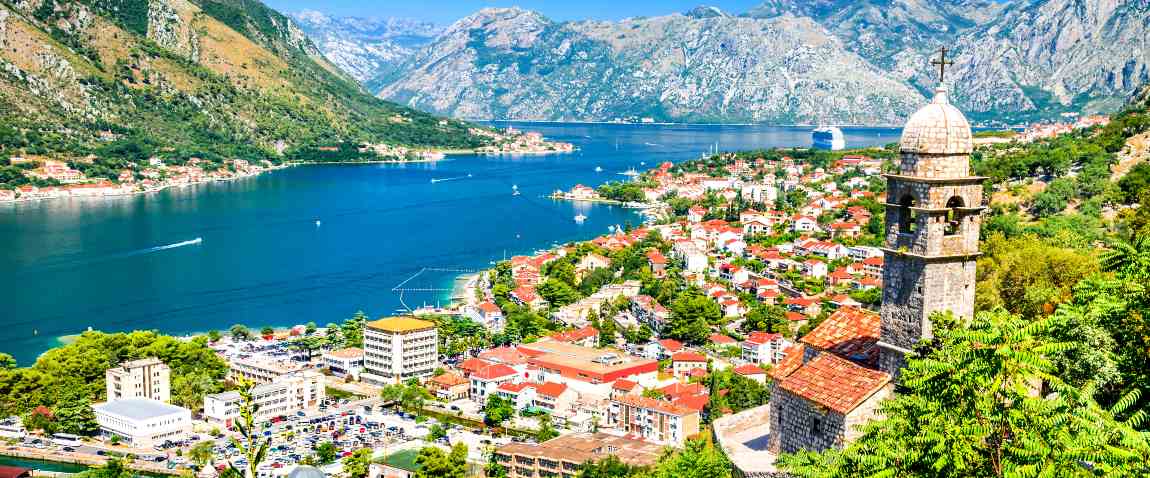
Montenegro attractions begin with Kotor's medieval town, surrounded by the bright blue waters of the Adriatic Sea on one side and stunning mountains on the other. Sometimes Kotor, Montenegro is called the "pearl on the crown" of the developing Montenegrin tourism, which is an indisputable truth. The city itself is surrounded by 20-meter fortress walls, built in the XV century to protect against Turkish campaigns, and now they serve as a symbol of the city's resilience and courage. According to some sources, Kotor is an old city, the city is more than 2000 years old, and therefore it is fraught with a lot of mysteries. A tourist arriving in Kotor, Montenegro can very easily get lost in the small streets and squares built in the Venetian style. The highest point of the city is Fort Kotor, also known as the peak of San Giovanni. It is from there that you can enjoy an incredible view of the city and the coast.
As for the beaches, there are several of them, but the most famous is Milocher. The color of the sand in Kotor is pink, and the length is more than 200 meters. Due to the fact that Milocer was located on the territory of the former royal residence, some Montenegro attractions around the beach can make you forget about the time spent here.
2. Budva
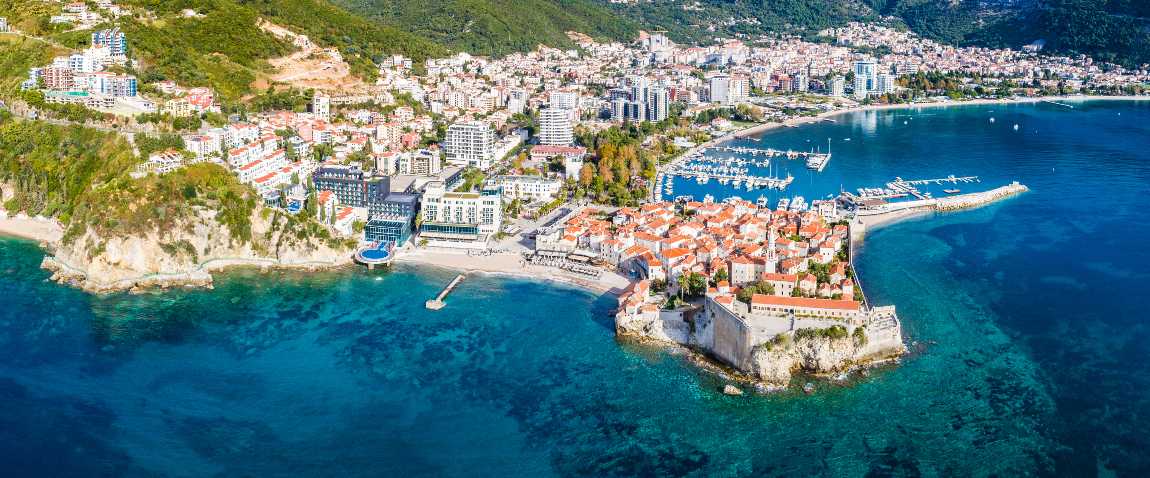
Just like Kotor, Budva is an old town and a famous Montenegro resorts with medieval architecture, dominated by the Venetian style inherited from its glorious past. The sights of Montenegro in Budva are represented in a wide range.
The Holy Trinity and San Juan's churches, located in the Old Town (Stari Grad), stand apart. Today, the Old Town is focused exclusively on tourism with countless shops, restaurants and cafes.
While moving around the city, tourists are advised to allow yourself to get lost, following your instincts, and finally get out through one of the streets leading to the sea coast.
The historical centre of the city is the Citadel - fortress, which was the main defensive bastion of Budva. The citadel was originally built in 840, and then completely rebuilt at different times. It acquired its present appearance in the 19th century when the territory was part of the Austro-Hungarian Empire.
The purpose of the fortress was to protect the city from naval attacks. For this purpose, a number of walls, towers and military buildings were built here. Thus, the city could withstand the siege of the enemy for a long time. Now the fortress has a small museum with medieval exhibits, restaurants and observation decks, offering a beautiful view of the old town and the embankment of Budva.
Another attraction of Budva is the sculpture of a ballerina, which can be called a landmark of the whole of Montenegro. The author was inspired to create the monument by the legend of the love of a dancer and a sailor. A woman in love waited every day for her lover, but he never appeared. As in many other places, there is a belief that it will bring you good luck if you rub a bronze statue.
It is also worth mentioning the island, called among the locals Hawaii.
The island of San Nicolas (as the island is actually called) is the largest in Montenegro and is only a 5-minute boat ride from Budva. For a modest price, you can come and enjoy this island. Despite its small size, there are three beaches with a total length of about 800 meters. You can also meet unexpected inhabitants such as rabbits and deer. This is a very popular excursion among tourists and a way to get away from the busiest beaches of Budva for a short time.
3. Ulcinj
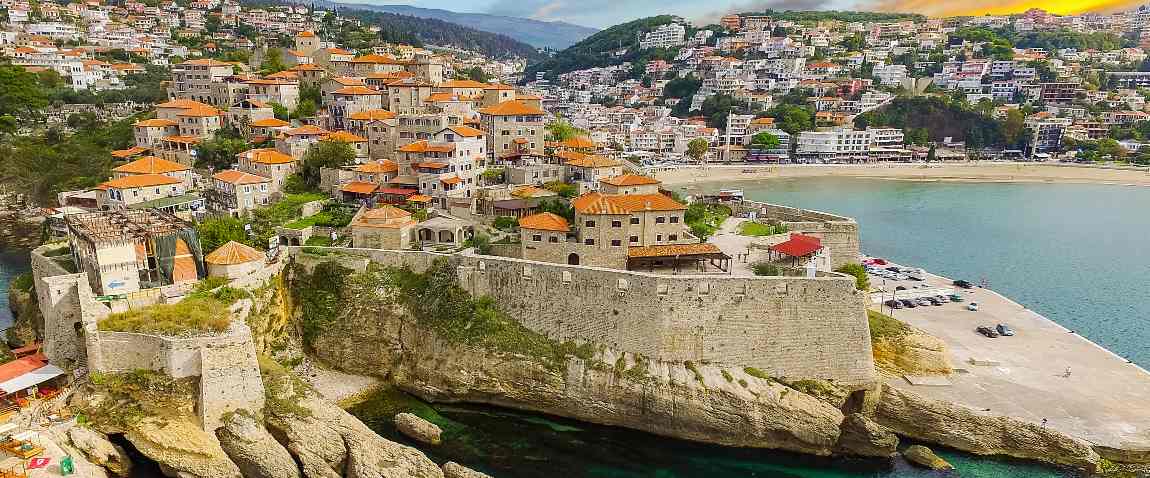
If Budva and Kotor are the most popular tourist routes in the list of "Montenegro resorts", then Ulcinj remains in the shadow of these cities only because of PR, and not because of quality.
Ulcinj is located in an area where ethnic Albanians live compactly, so in the city itself you will see the influence of Muslim culture, and the Ottoman style dominates the architecture. Ulcinj is the southernmost Montenegrin city at the end of the Adriatic coast. This city is known for a large number of sunny days on the Adriatic, as well as for its olive trees. It is claimed that some are over 100,000!
4. Montenegrin cuisine
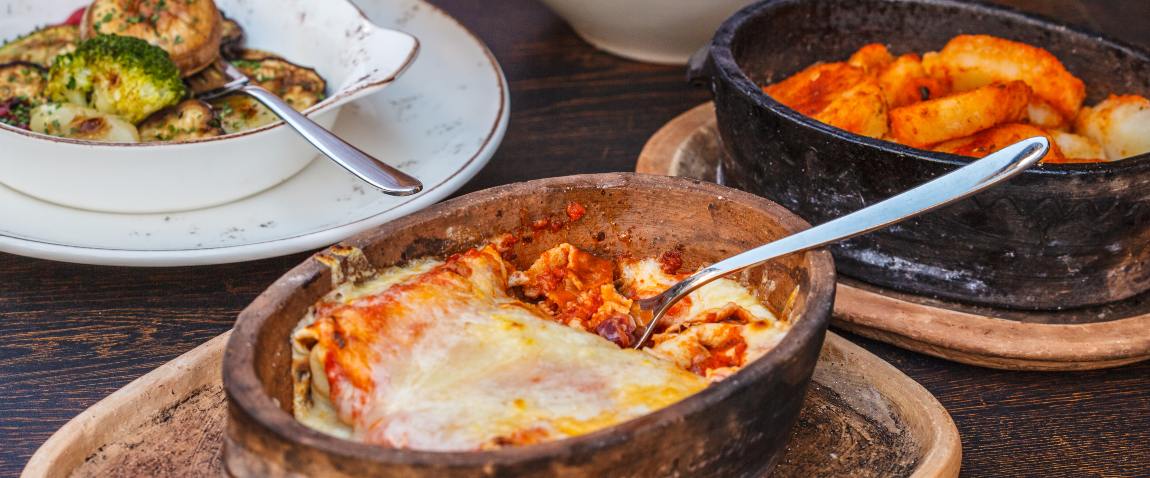
Like many coastal countries, Montenegro is also famous for its cuisine, which is dominated by seafood. Montenegro resorts, which offer the opportunity to try many varieties of fish, as well as oysters and octopus. You can find the most famous dish in almost any restaurant in Kotor or Budva – Ribla chorpa-a delicious soup of several types of fish.
5. The wine list
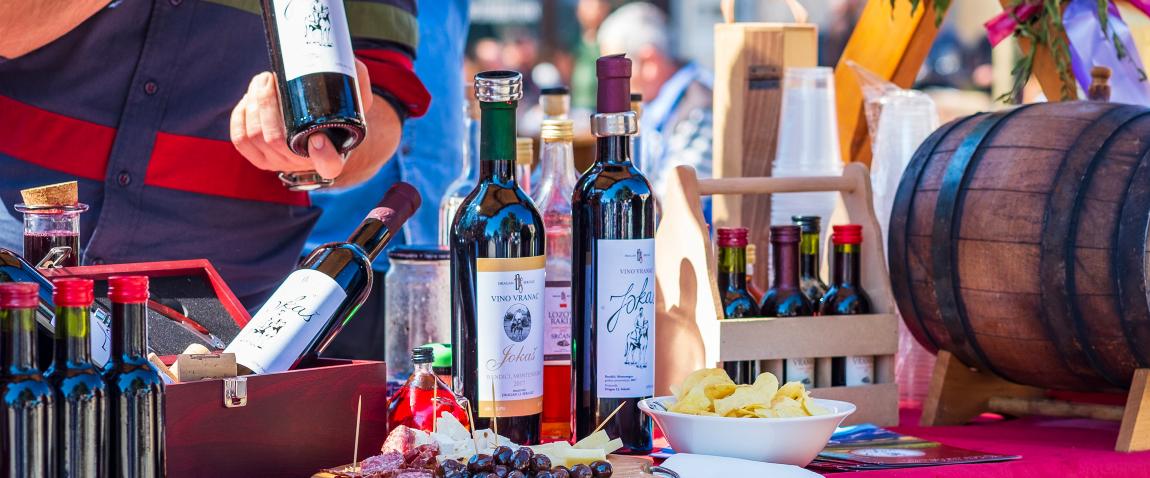
As we have already said, the weather in Montenegro is favorable for tourism and for agriculture. The south of Montenegro is an ideal place for growing grapes. In general, Montenegrins are very proud of their traditions in winemaking, which dates back to the XII century BC! The most popular types of the brand are Vranac and Krstac, which are known not only in the country itself but also abroad. For tourists in Montenegro, there are special tours of the oldest vineyards, where you can taste exclusive wines.
6. Golden Autumn
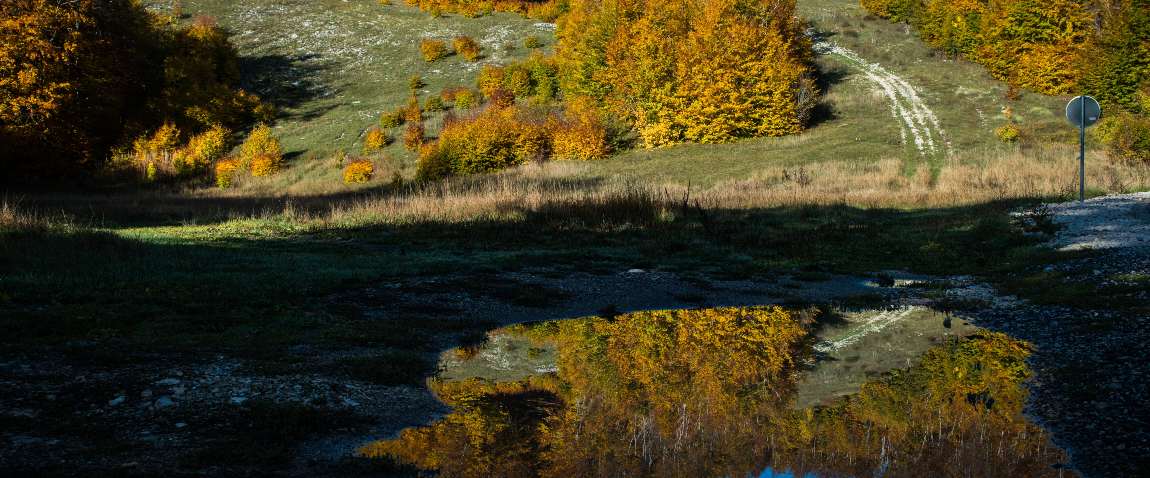
If you could not plan a vacation in the summer and found time only in the fall, then do not worry. In autumn, you can hardly swim on the beach, but you can definitely enjoy the incredible autumn! In the mountainous part of Montenegro, autumn will delight you with tranquility and natural beauty. Definitely recommend a visit Biogradska Gora, Durmitor, Prokletije, Skadar lake and Lovcen.
7. Mountains and canyons

As you might have guessed, Montenegro is primarily a mountain. Hence the name of the country, although it is famous for its beaches and summer tourism. If a beach holiday is not your thing, you should think about the natural solitude in this beautiful country's majestic mountains and canyons. The canyon of the Mrtvitsa River will not leave anyone indifferent at all; it offers such a beautiful view that you can forget about your phone to take some beautiful Instagram photos. Before you go there, do not forget about the camera.
Tourists are also advised to visit the beautiful canyon of Lake Piva. In sunny weather, the lake looks like a blue mirror surface.
9. Crnoevicha River
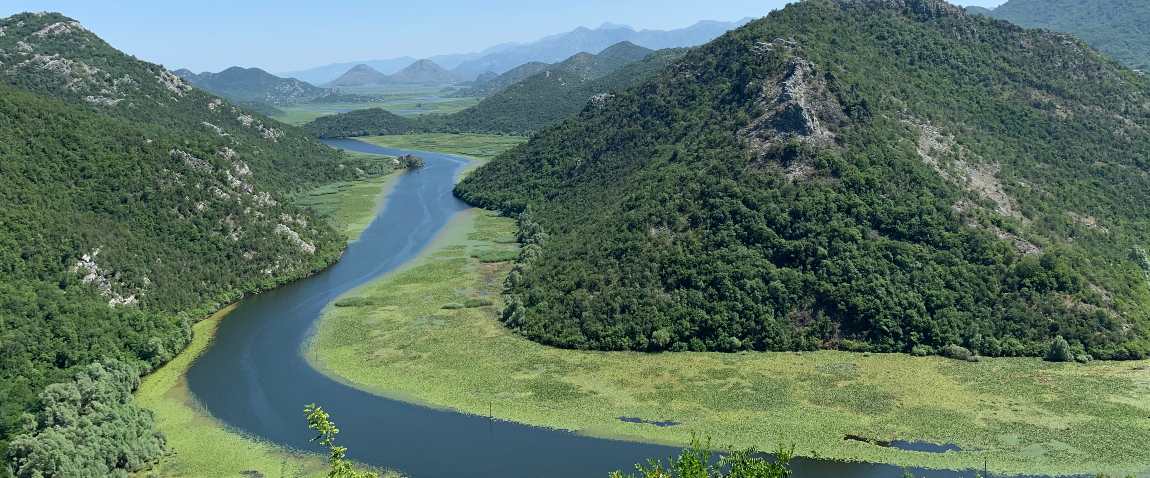
The Crnojevica River is one of the most Instagrammable places in Montenegro. Despite the fact that this is not the most popular tourist route in the list of "Montenegro resorts", it is definitely worth a look here. The bridge over the river, which the locals call "horseshoe", is created for romance! Also not far from the river there is another natural wonder – Lake Skadar, where the water is icy even on the hottest summer days. Also, due to the unpopularity of the route, the water here is very, very clean.
10. Waterfalls
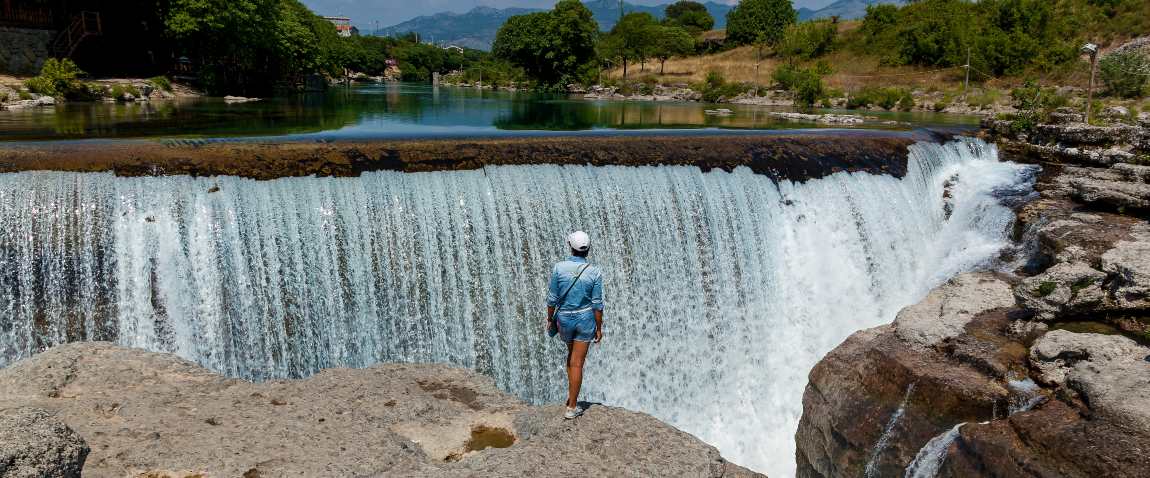
Many tourists think that in Montenegro there is only one waterfall - Niagara, about which you can find information in any booklet of an absolute travel company. However, this is not the case. There are dozens of waterfalls in Montenegro, but some, unfortunately, were left out of the spotlight. In addition to the falls of Niagara, in the Durmitor national Park is the waterfall Crnac that does not dry up even in summer. Next to the waterfall, you can find an abandoned watermill, which is now a favorite place for photographers.
11. Blue Caves
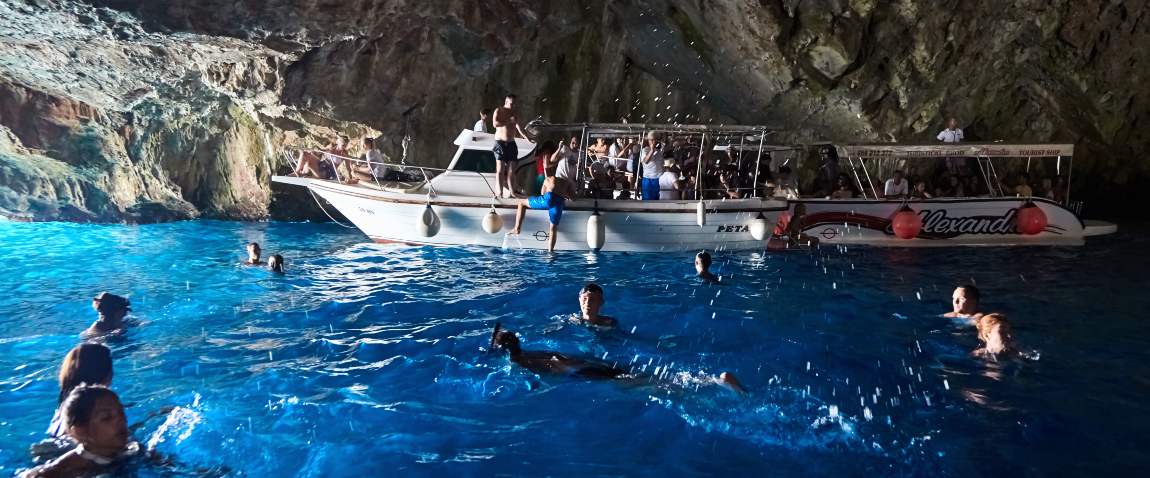
There are several caves and grottoes on the Lustica peninsula, but only one of them can be reached during the tour. It is there that private or collective tours are arranged. Because of the glow, the water inside the cave is reflected in an emerald colour-like in fairy tales. Before departure, do not forget – from the beauty of the cave and grottoes, you can get maximum pleasure only in clear sunny weather. Swimming in the cave is also allowed. However, do not forget that the weather in Montenegro pleases tourists almost all year round!
12. Church on the Rock
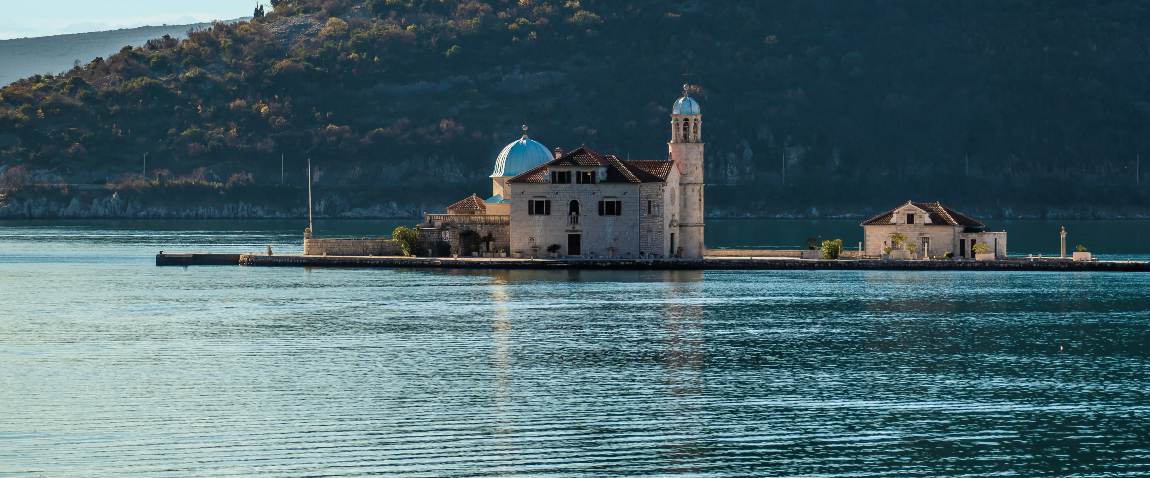
Not far from Budva, you can find several islands, and if you are lucky, you will notice a strange construction. On the huge rocks, the Church of St. Nicholas stands like a white pillar. It is so difficult to access that the Montenegrins themselves have practically never heard of it. According to legend, a sailor miraculously escaped during a storm and decided to build a church in that place. Unfortunately, the church was destroyed during the earthquake, but the Montenegrin authorities decided to restore the church in 2003. The height of the church is only 3.5 meters, and therefore it is very difficult to notice it if you do not look closely. It is almost impossible to swim up to it on a yacht or motorboat – the rocks prevent it. But an experienced guide will find workarounds, and you will be able to see the church up close.
13. Abandoned village
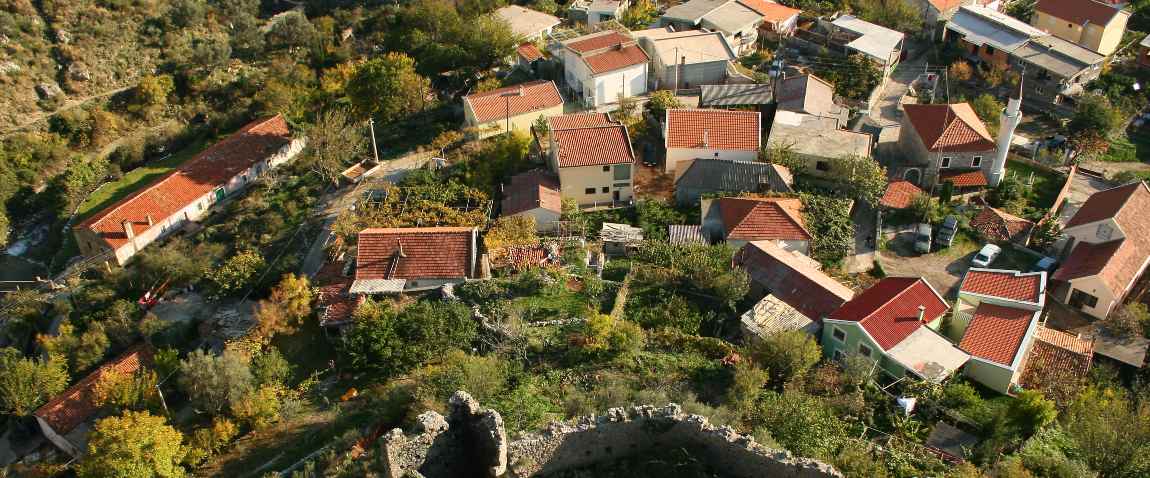
If you are a lover of history or secret places, you will be offered to go to the abandoned village of Gorna Brca. It was once bustling with life, but the 1979 earthquake destroyed everything, and local residents were forced to leave their homes and settle in less safe places in the country.
The ruins of the city are overgrown with trees and vines, and every tourist can see the power and grandeur of nature in this town, where only a few decades ago life was boiling.
14. Visit Kafana
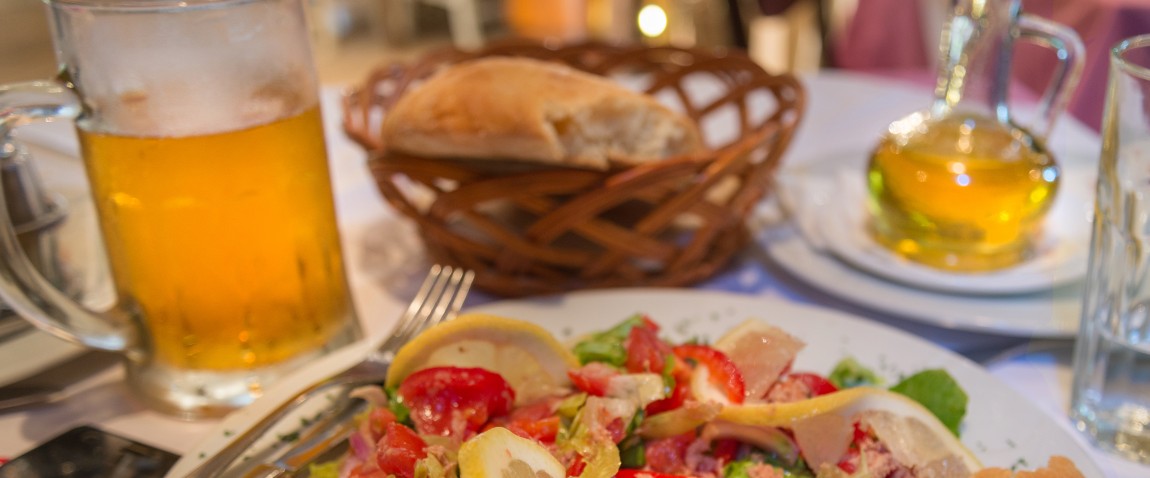
Kafana is a small cafe where Montenegrins like to discuss everything over a cup of coffee. The tradition came from the Turks, who brought coffee to this country and opened the first coffee shops. Since then, the tradition is firmly entrenched in the ordinary life of the Montenegro people. In any city, you will find countless cafes where you can drink coffee, have a snack and just chat.
15. Cetinje
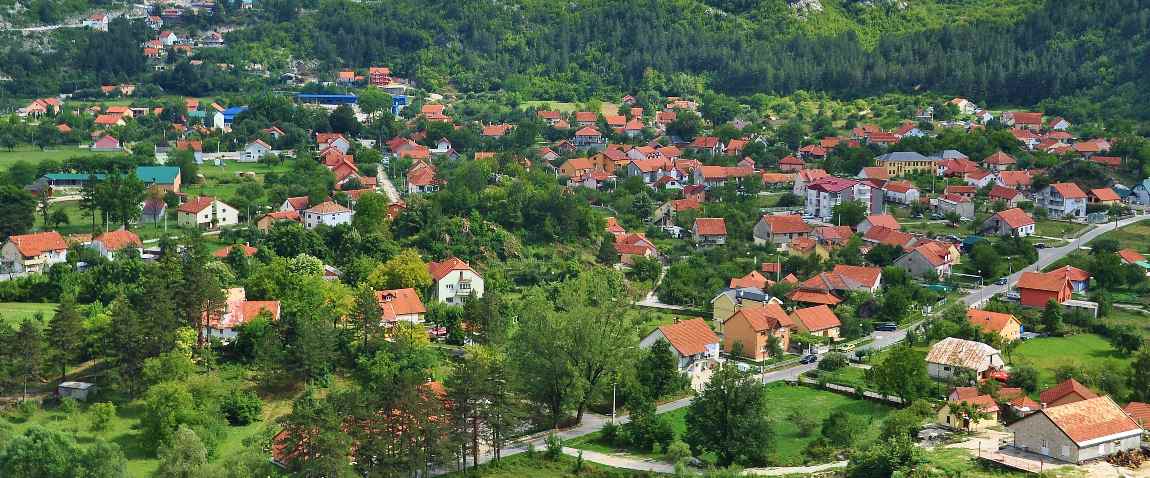
This city is secretly called the cultural capital of Montenegro. Cetinje was founded in the Middle Ages, but in the late 19th – early 20th centuries, the city seemed to be transformed. All this happened thanks to factories and joint-stock companies, which brought workers from different cities and countries to Cetinje. Now the city is no longer the economic center of Montenegro, but this is no reason not to look at the former greatness of architecture. At the beginning of the century, the richest Montenegro people lived here, respectively, they built villas and houses here. Arriving in the city, you can get acquainted with the life of Montenegrins of past generations.
16. Podgorica

We conclude our selection with the capital of Montenegro – Podgorica.
Podgorica is different from other European capitals, here you will not find architectural masterpieces, like the Eiffel Tower in Paris or St. Stephen's Cathedral in Vienna. There are still mosques that were built during the Ottoman conquest, the ruins of fortresses of medieval Montenegrin kings, as well as a lot of parks. Unlike Budva and Which, where tourists come because of the beautiful beaches, Podgorica pleases its tourists with clean air and vegetation. Also due to the status of the capital of Montenegro, in Podgorica, you can find many hotels that will suit you on a budget.
Have a nice trip!
Get your visa with one click
Ready to get visa assistance without waste time?



